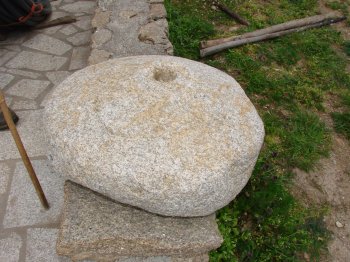Explore the best places
Results for Vila Praia de Âncora in Portugal
Igreja de São João Evangelista das Carmelitas
- heritage
Praça do Marquês de Pombal
3810-133, Aveiro
The construction began in 1610 as the Paço de D. Brites Lara (Palace), and in 1657 the Ordem das Carmelitas feminine convent, space where the church is integrated, was built. By the end of the XVII century the pulpits were built and the dressing in golden woodcarving began. In the next century the referred woodcarving was combined with azulejos (glazed tiles) from the Vital Rifarto factory. Already at the XX century, the building suffered repair works, being classified as National Monument.
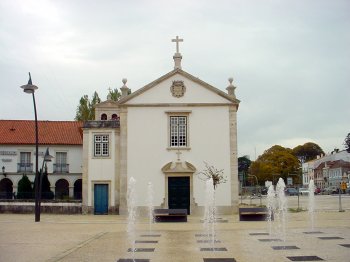
Igreja da Sé
- heritage
Praça da Sé
5300-265, Bragança
Even though it was initially destined to become a nuns convent, it ended up as the collge of the priests of the Companhia de Jesus at the time it was finished. In 1766 the Diocesano Seminar was established here and made enlargement works. Of this monument the most elaborated window, of 1749, a large window of 1685 and the tower, of 1930, stand out. Inside, a special note to the three domes with crosswork arches and the corbels, on the ceiling, the high altar, the choir, the cloister and the sacristy, for the painted panels on the ceiling.

Igreja da Trindade
- heritage
Rua da Trindade, 115
4000-220, Porto
Planned by the architect Carlos Amarante, this church was built along the XIX century, by initiative of the Ordem da Trindade, at the Largo do Laranjal. The façade is classical and the walls are filled with neo classical retables. It stands out, in the principal chapel, a big panel representing the Baptism of Christ, by the painter José de Brito. The religious order also has several painting works, such as the Resende’s portraits and several copies of Italian painters, such as Rafael, Ticiano and Caravaggio.
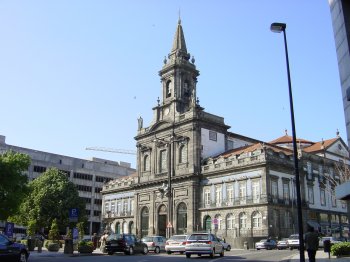
Igreja Matriz de São Pedro
- heritage
Largo de São Pedro, 60
8000-145, Faro
Built in the 16th century in the place of a hermitage where the sailors went to pray, it was deeply modified after the earthquake of 1755. The main chapel is decorated with a panel of the end of the 17th century, which belongs to the experimental baroque epoch. A stone image of Nossa Senhora da Esperança and yet another image of Santa Ana, credited to the sculptor Machade de Castro, ar part of this church's assets, that also includes paintings and images from several convents.
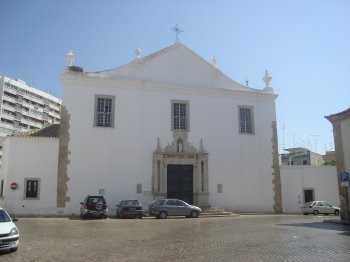
Bola de Prata
- food & drink
Rua Mouzinho da Silveira, 16
6300-663, Guarda
The restaurant Bola de Prata, on guard, reopened in 2013, with a new approach. From traditional snack bar is assumed now with a modern Tavern, with traditional dishes and good snacks. Gizzards, woodpecker, blood sausage and pig ear Guard are some of the options to consider. If you choose the ordinaries (6,50 €, with entrees, soup, main, dessert and coffee), the right choice is the posta mirandesa. In the cold winter days beirão can rely on the warmth of the fireplace.
Ponte de Pedra II
- food & drink
Rua de José Falcão, 467
4400-192, Vila Nova de Gaia
A space composed of three rooms and inaugurated in 2006 that means to bring to the south bank of the Douro river the specialities of the Ponte da Pedra restaurant (located in Marco de Canaveses). The menu is composed of several entries (of the traditional Portuguese cuisine), a main dish (to choose from) and tens of desserts. A special note to the picanha brochette, which is a meat dish, and to the Bacalhau à Zé do Pipo (a cod dish). There is live music on Saturday evenings.
Palácio Azurara / Museu - Escola de Artes Decorativas da Fundação Ricardo Espírito Santo
- heritage
Largo das Portas do Sol, 2
1100-411, Lisboa
In this building works, presently, the Museu de Artes Decorativas (Decorative Arts Museum). Also known as the Fundação Ricardo do Espírito Santo Silva (Ricardo do Espírito Santo Silva Foundation), this museum was created in 1953. Here is a magnificent collection of furniture and Portuguese decorative arts from the XVII and XVIII centuries. It is a characteristic exemplar of portuguese XVII century architecture, with posterior interventions, from which the north façade stands out.
Palácio Dona Maria da Silveira
- heritage
Praça da República, 1-7
2300-550, Tomar
Mannerist Palace of long facades, in which all the decorative effort focuses on the main facade, divided by pilasters and crowned with pinnacles accented with cornice and Cyma with gargoyles in the shape of fish heads and pig's head. The roof is ripped by dormers, taking main facade a mansard roof and a Dormer ornate ostentosamente. The Palace belonged to Dom João de Souza Silveira, Alcaide-Mor to take, and later local authority services to take the family and Adam Cap.
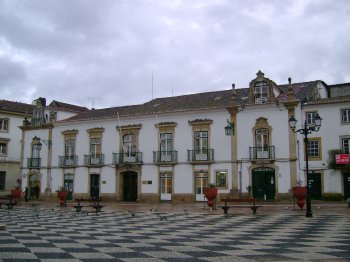
Mosteiro de Grijó
- heritage
Alameda do Mosteiro Grijó
4415-998, Vila Nova de Gaia
The primitive monastery, called Monastery of São Salvador de Grijó, was founded in 922 in the place of Muraceses. It was only in the year 1112 that it was moved to its current location. In 1770 the convent was extinguished, passing its assets to the Convent of Mafra. Of note are the gilded carvings and the 18th century tiles in the chancel, as well as the pipe organ, from the end of the 18th century and beginning of the 19th century. Also noteworthy is the tomb of D. Rodrigo Sanches, classified as a National Monument.
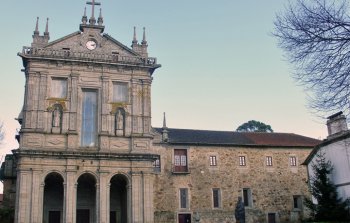
Povoado da Veiga
- heritage
Vilar de Perdizes
5470, Vilar de Perdizes
Possible Roman settlement, located on farmland to the South and East of State Highway 508, between the chapel of our Lady of health and the village of Vilar de Perdizes. Here, on the riverbank Assureira, are fragments of "tegullae", Roman and domestic pottery stones fond. In some places displays alignments also walls. Given the scope of this possible settlement, it is considered to have been an important habitat of the Roman era that, due to the absence of later materials, suggests being abandoned.
